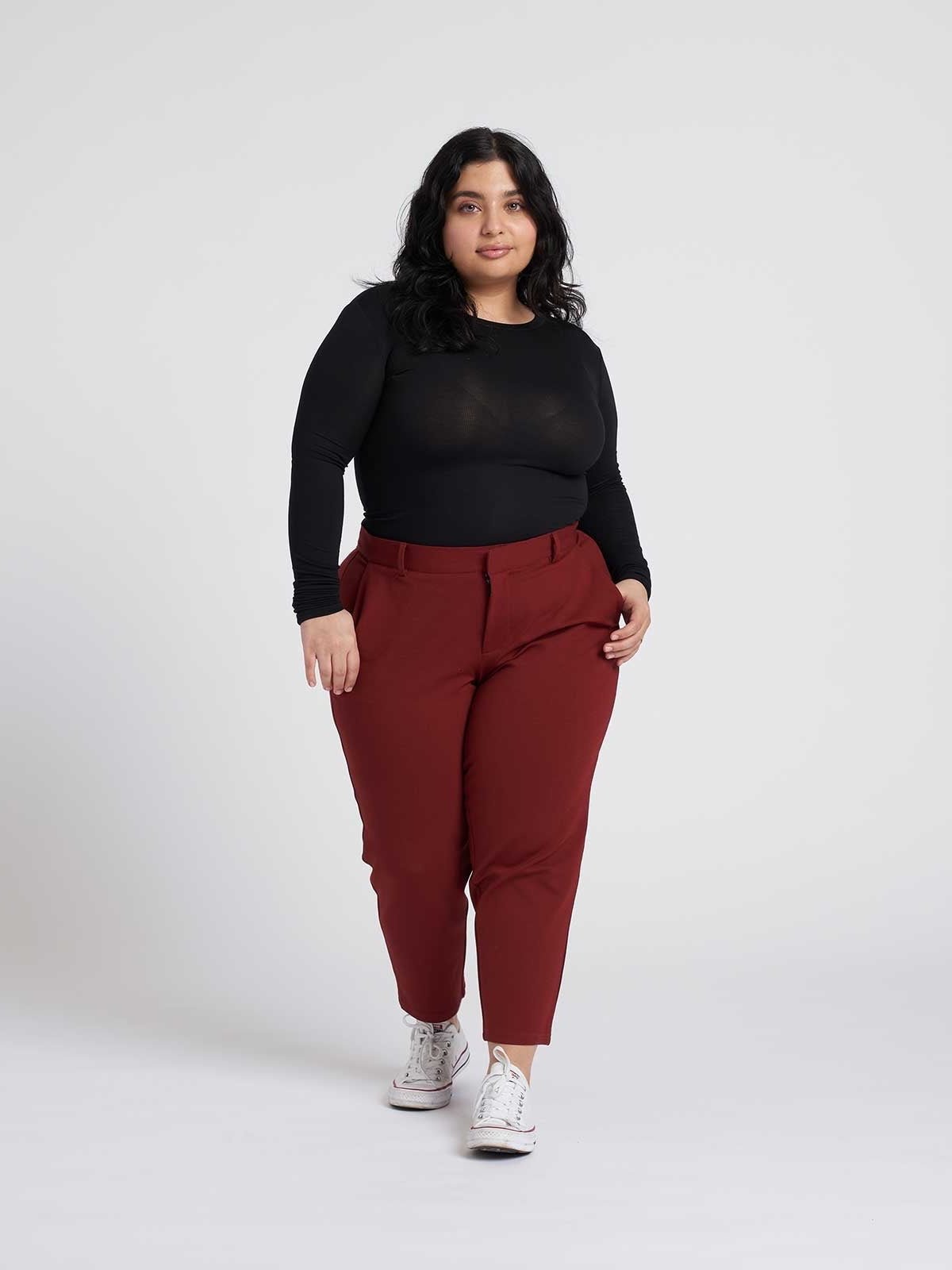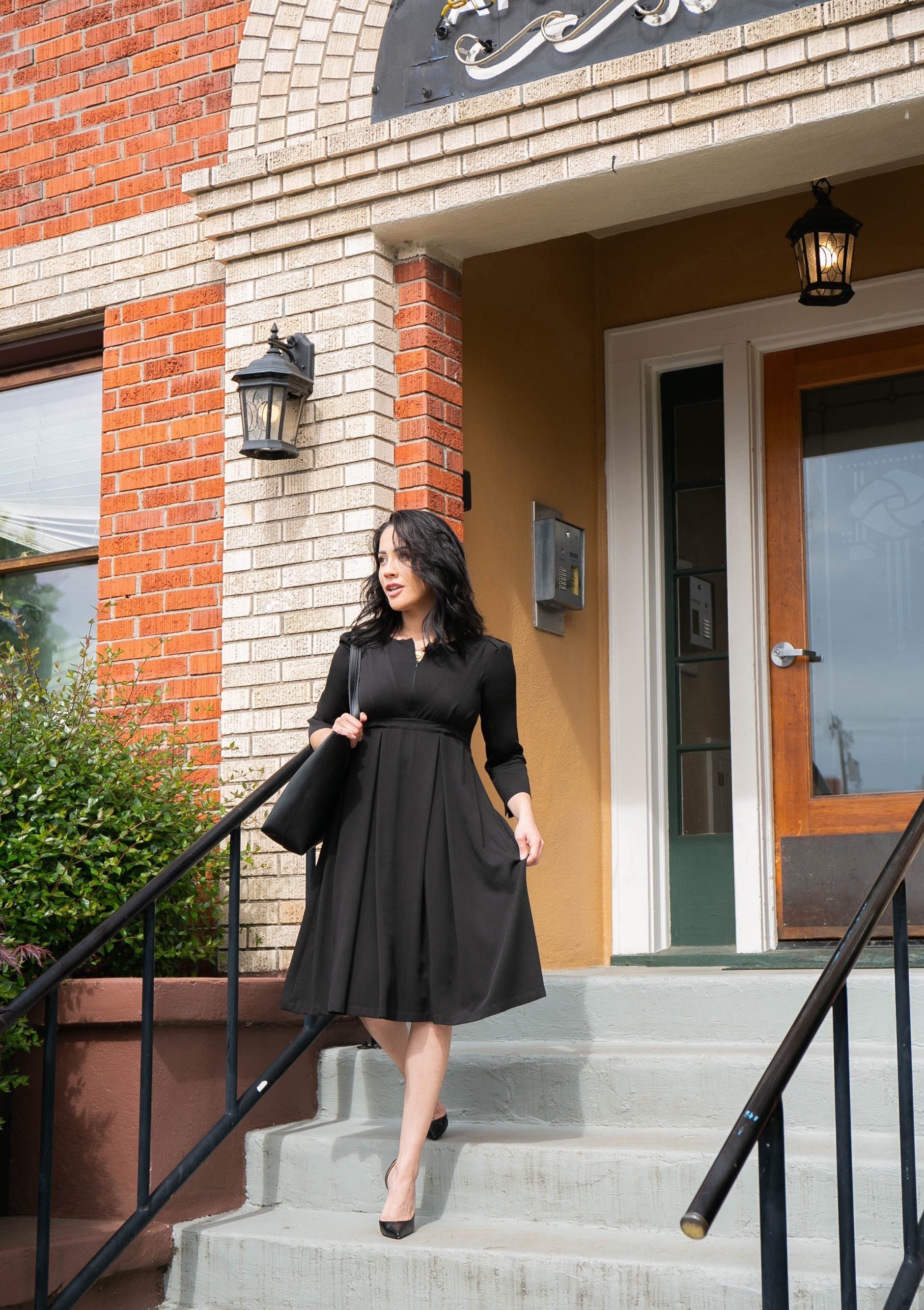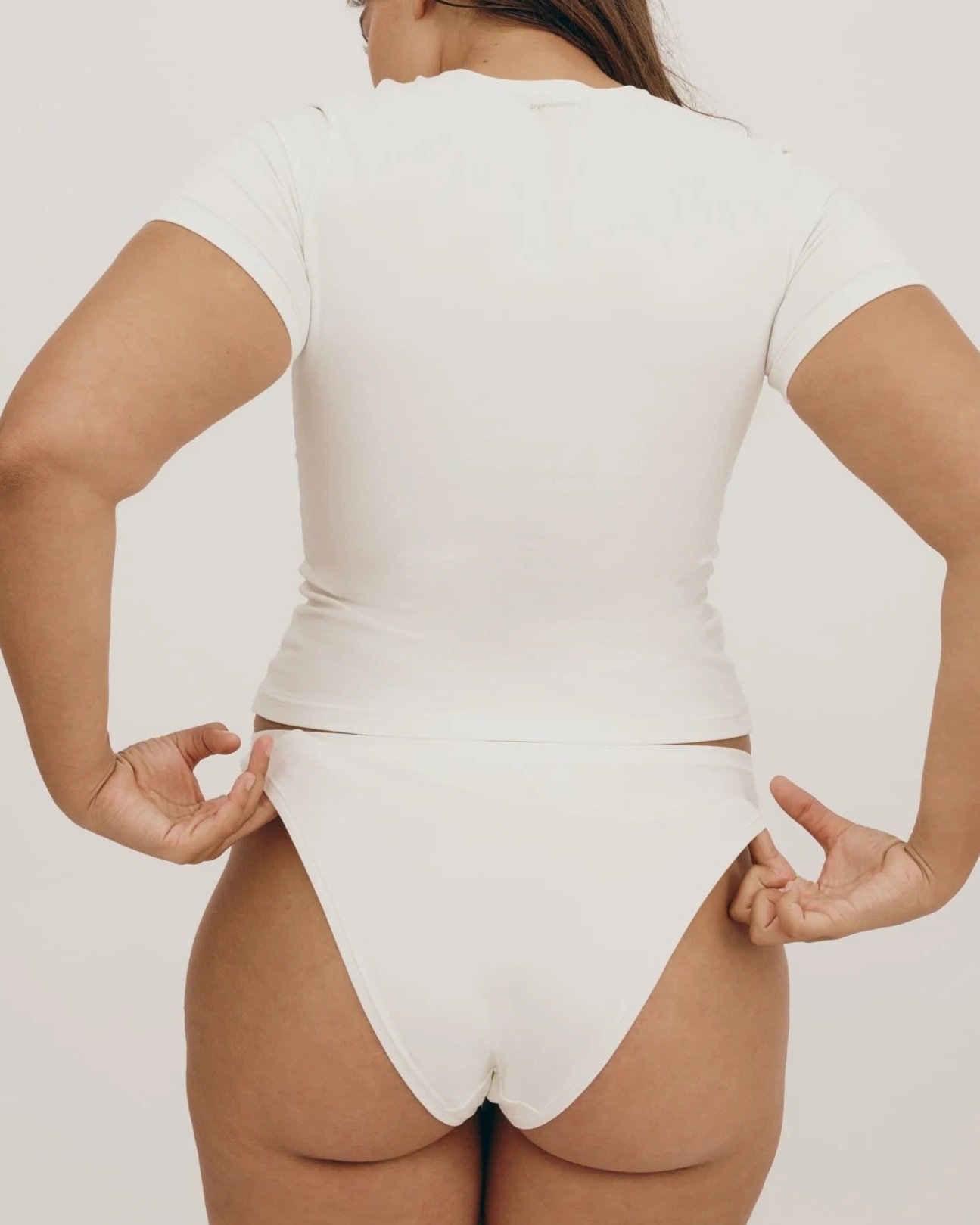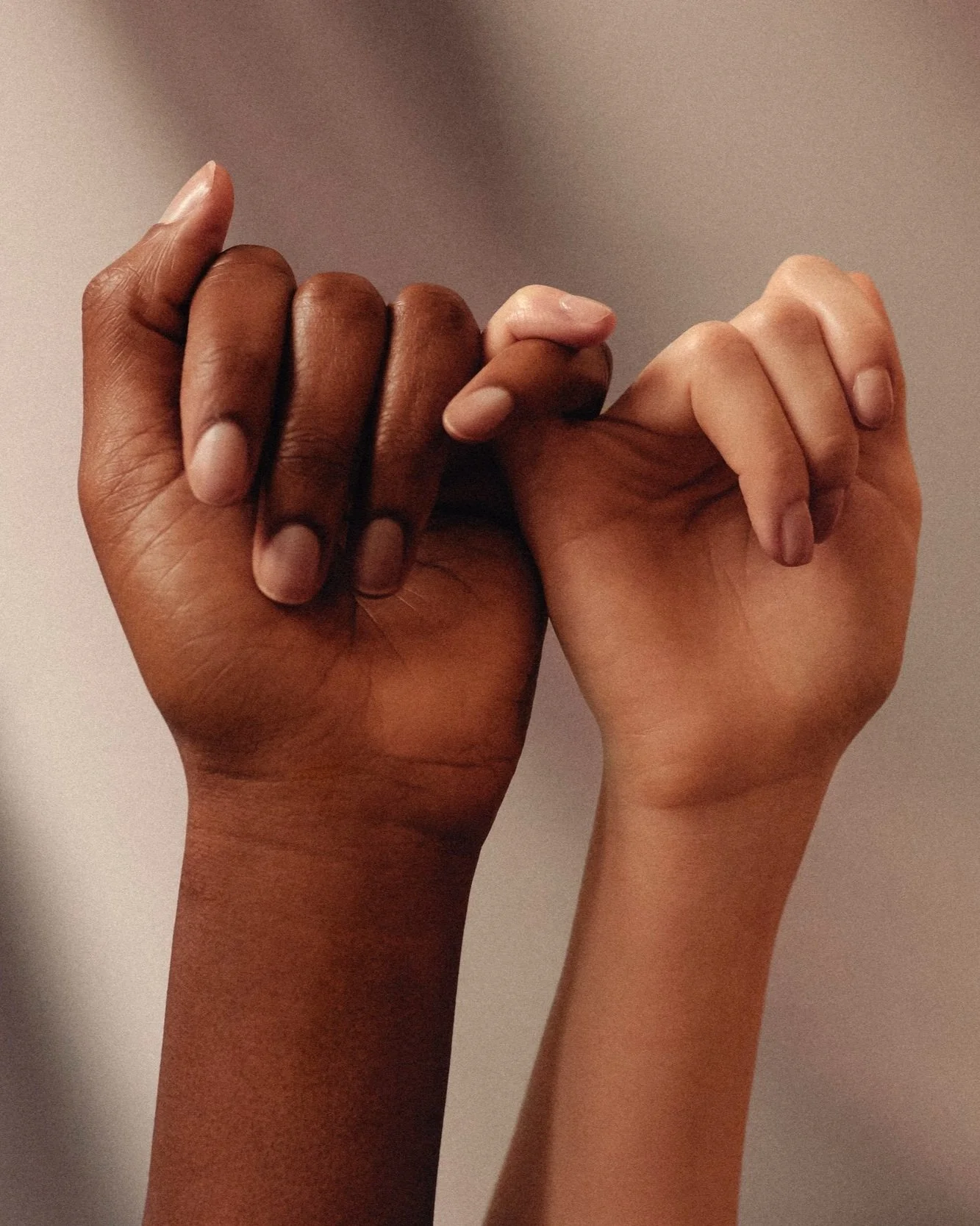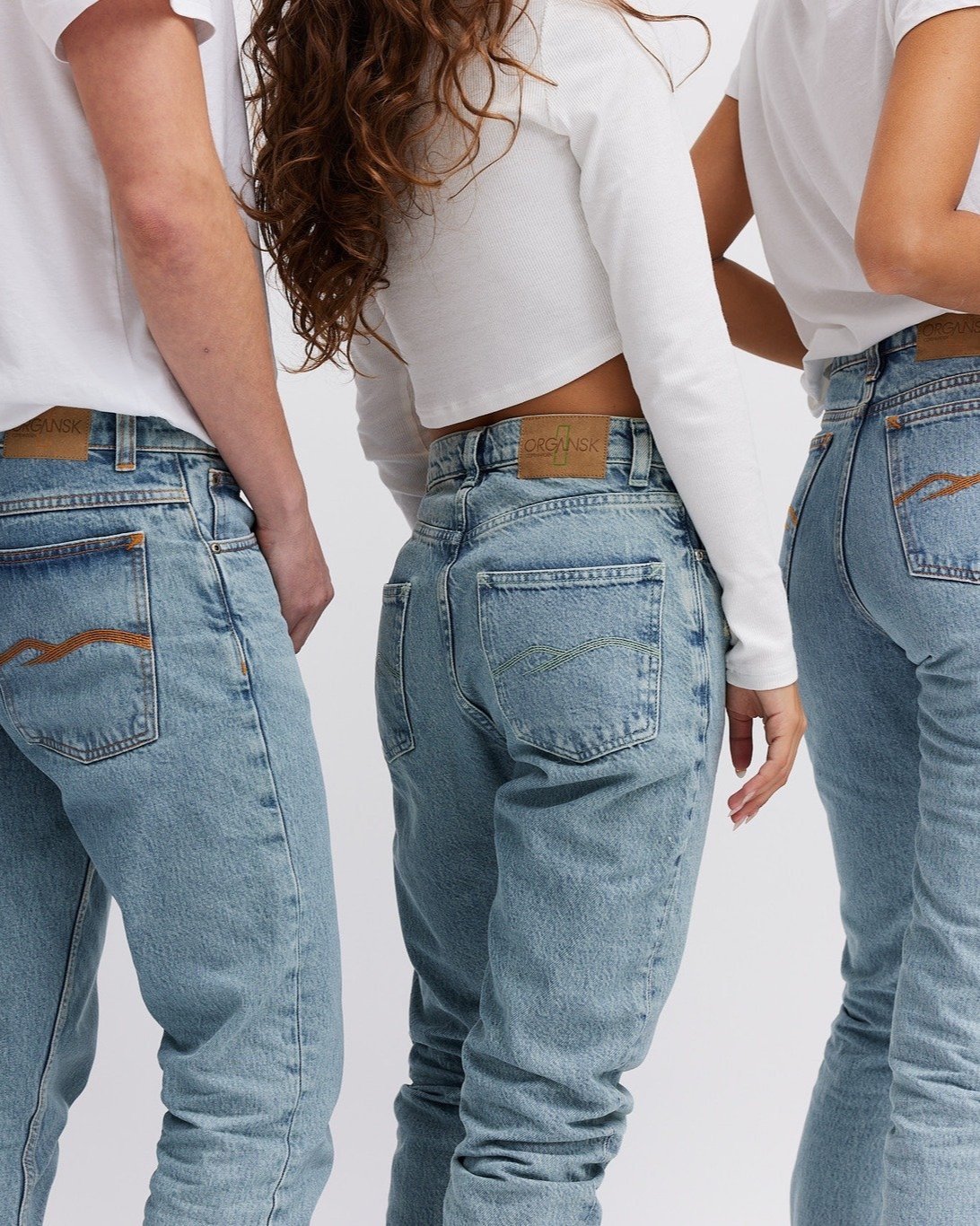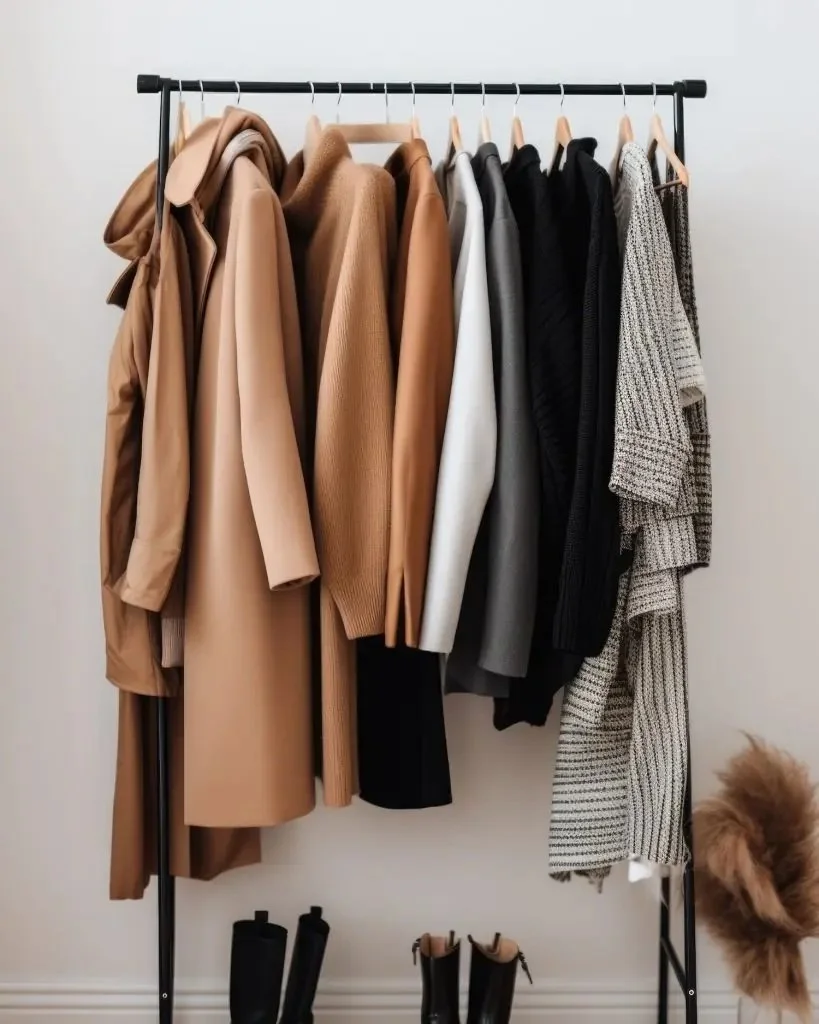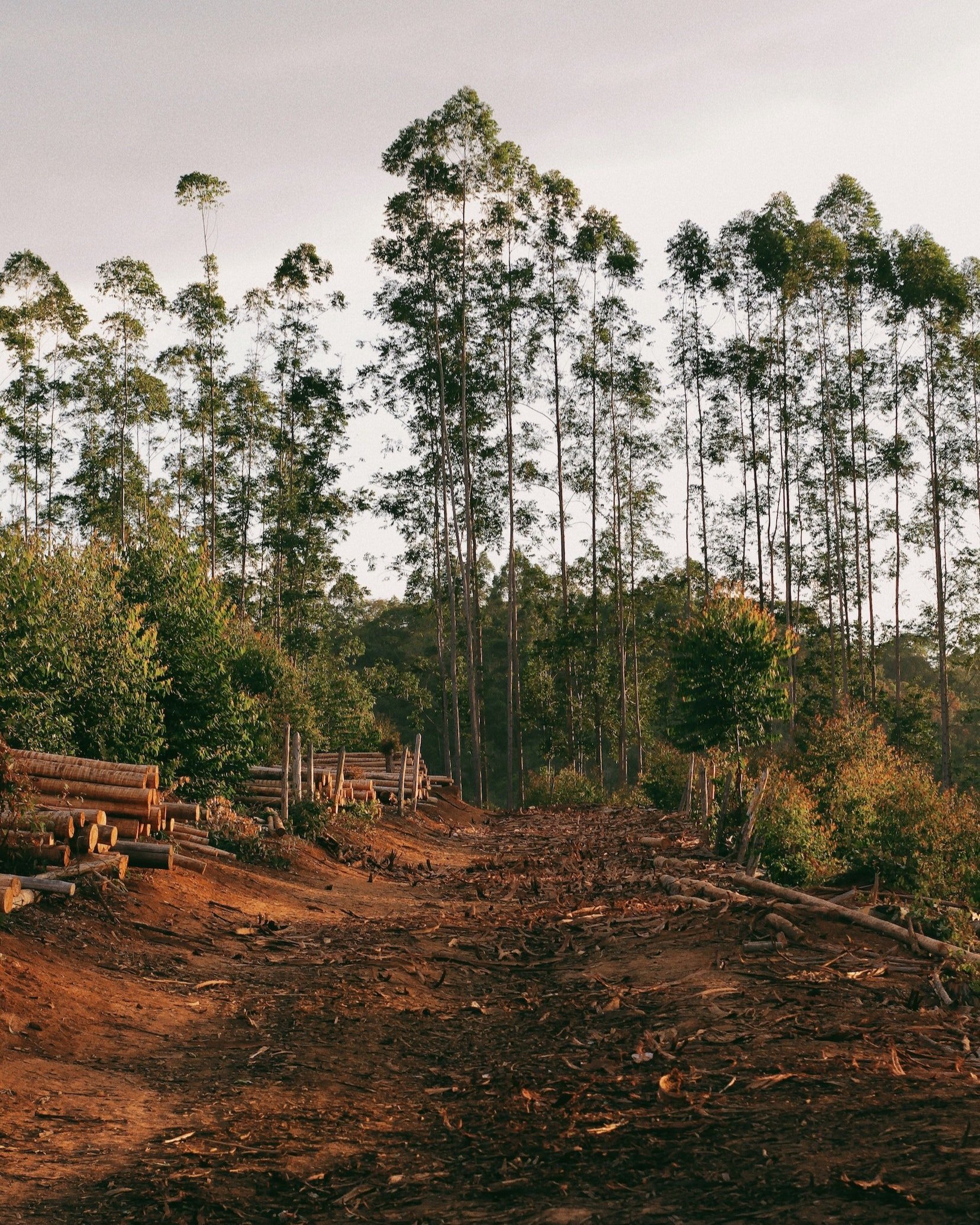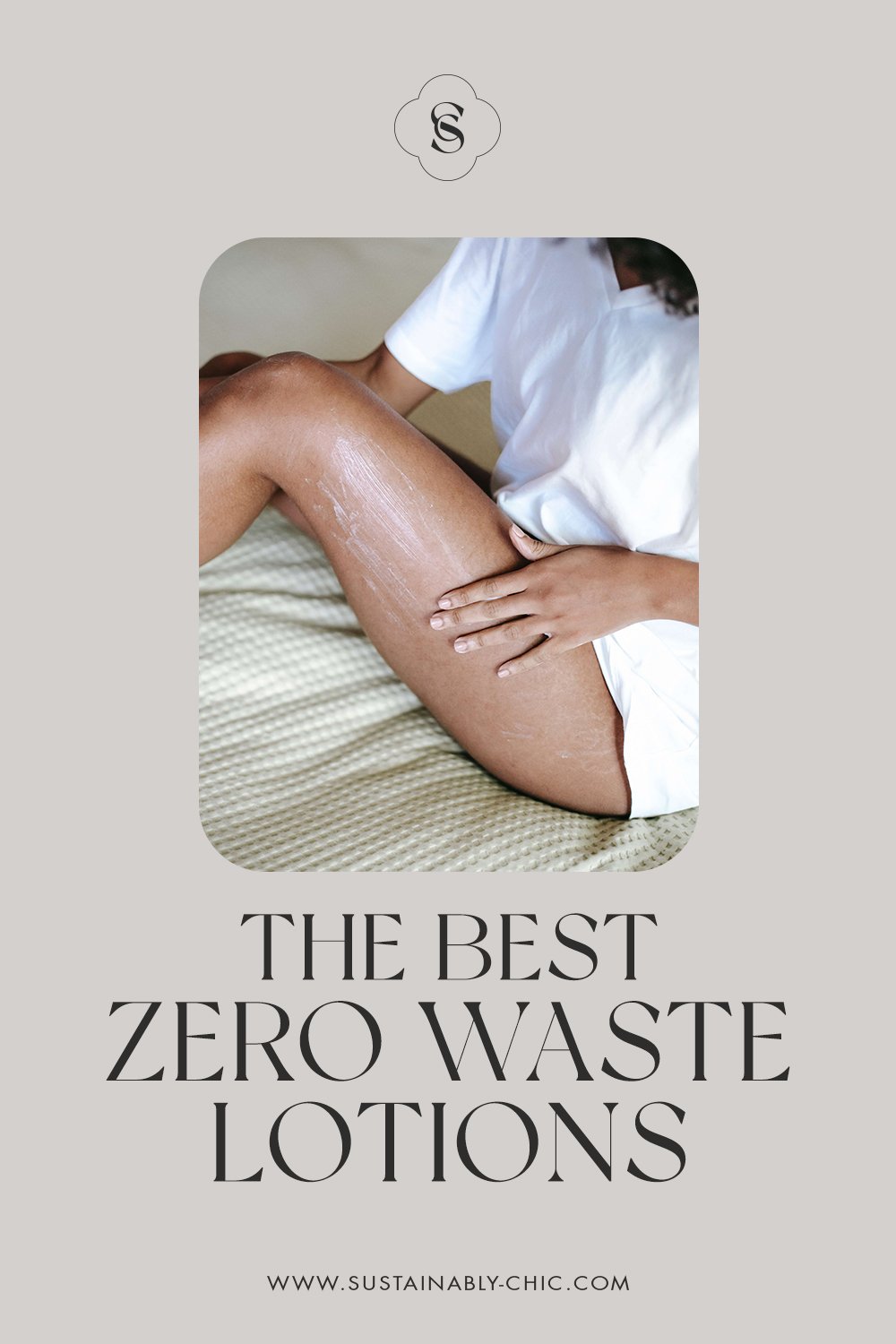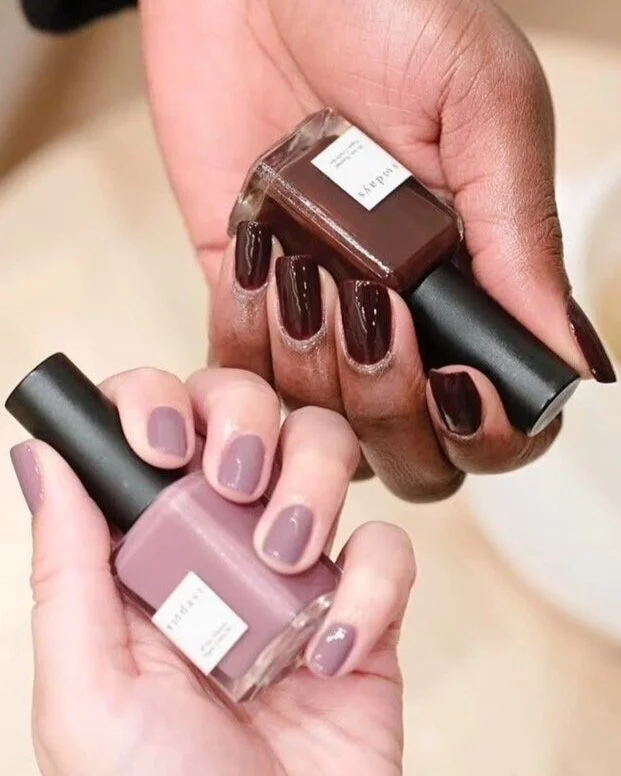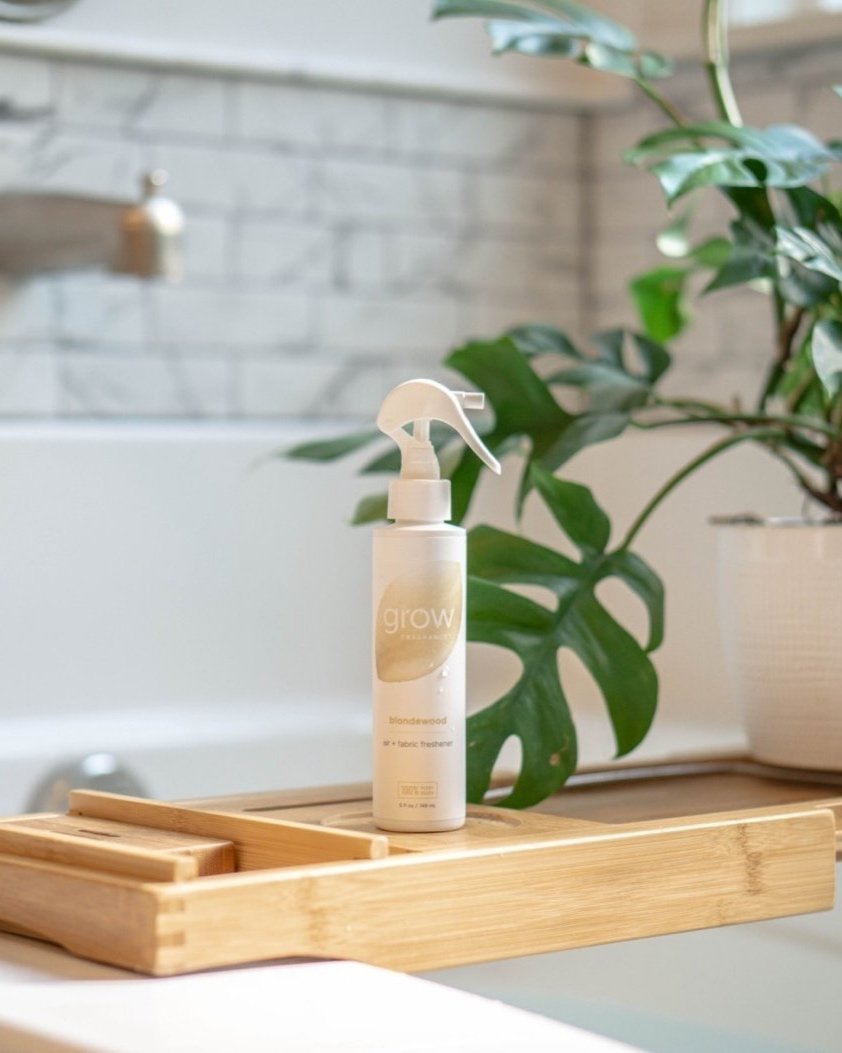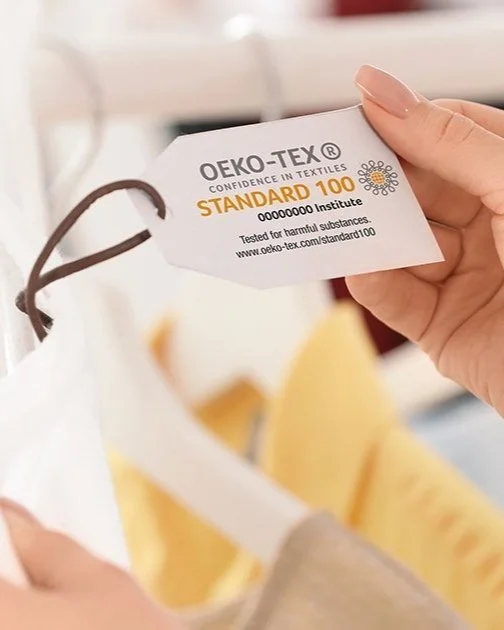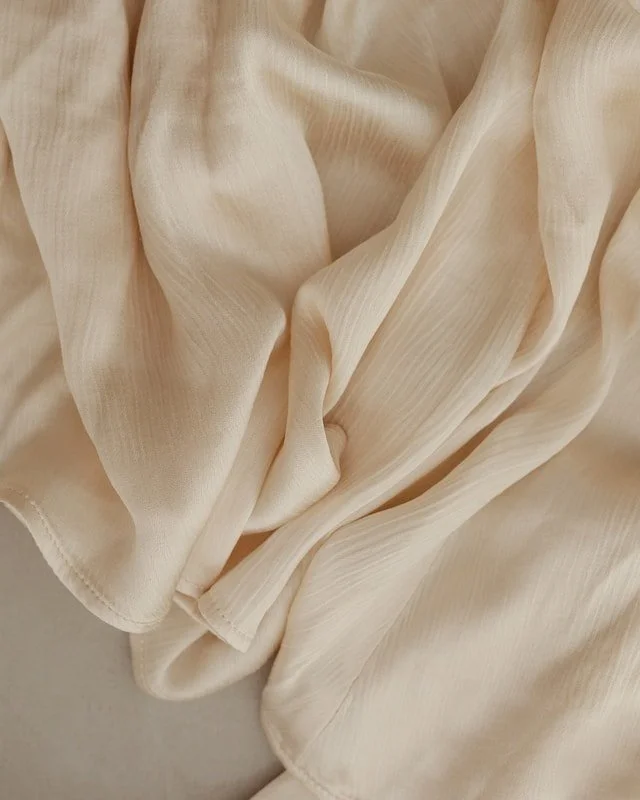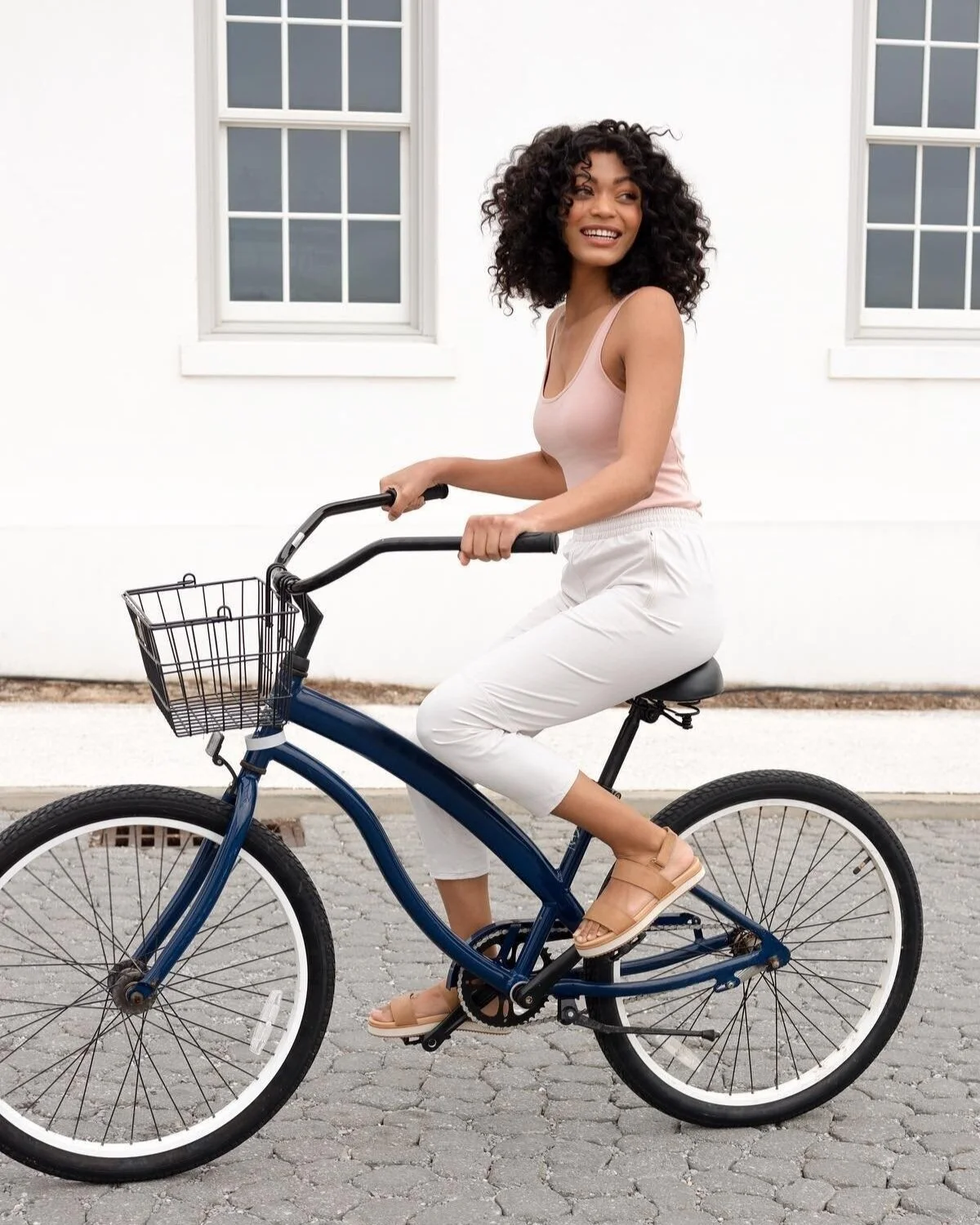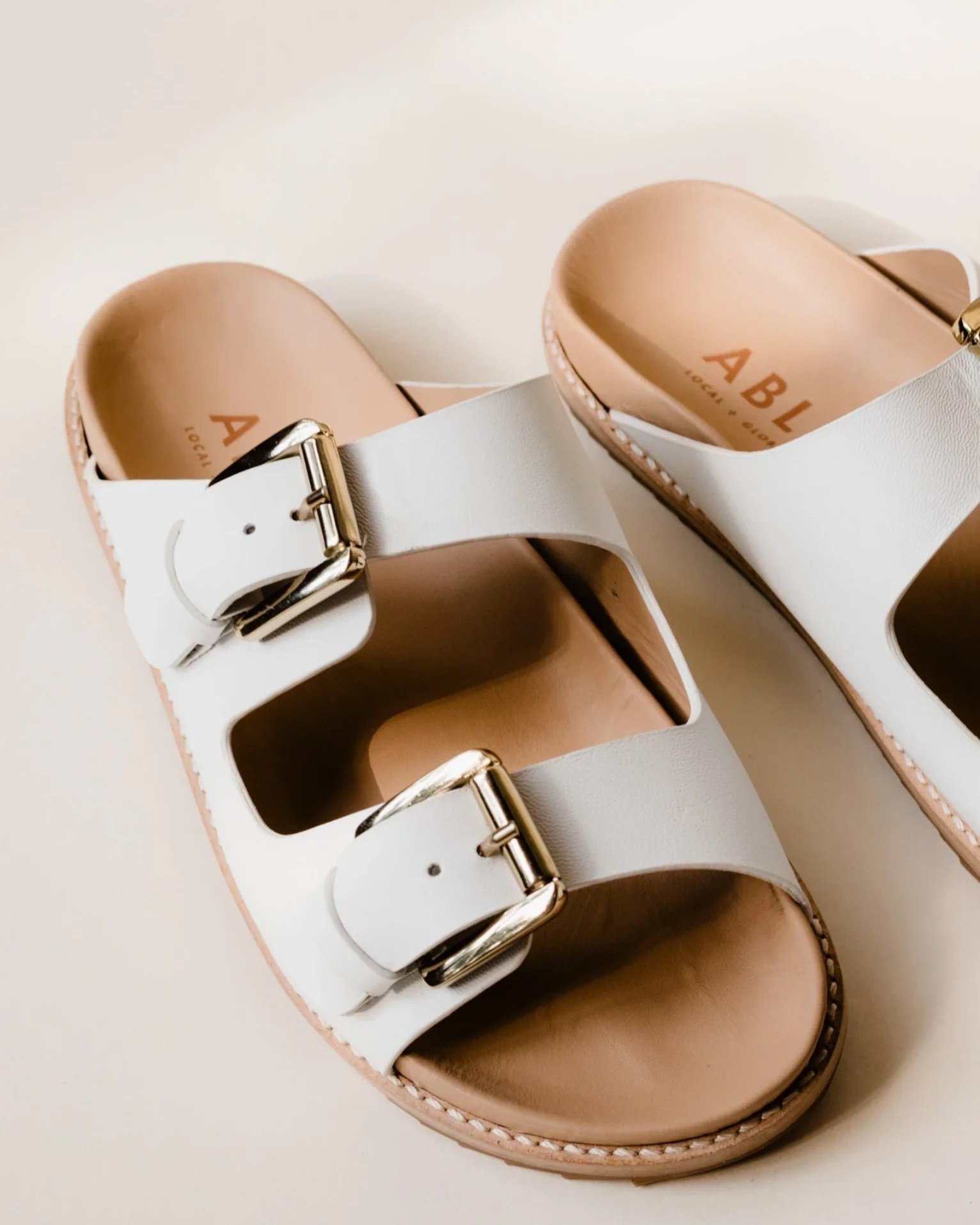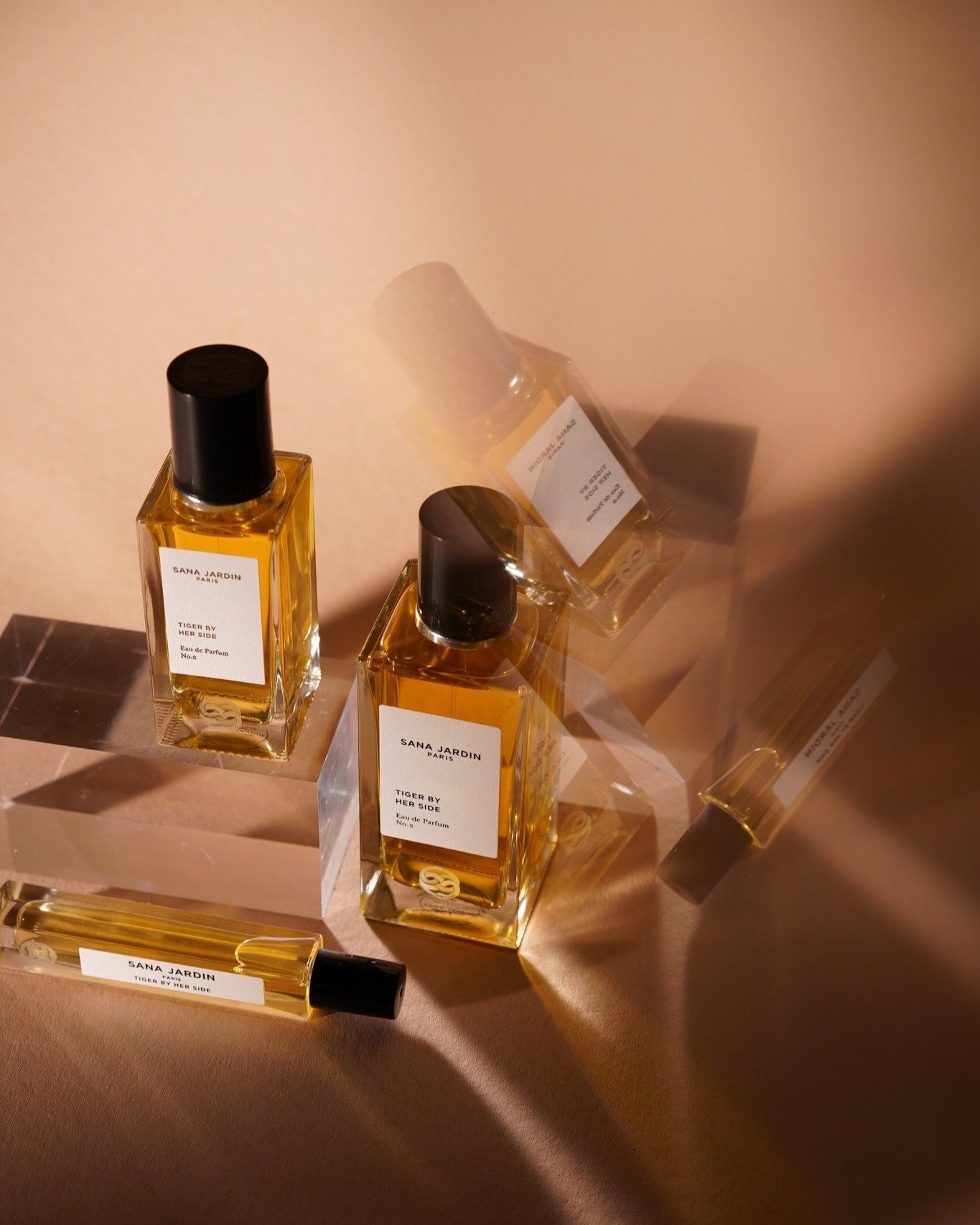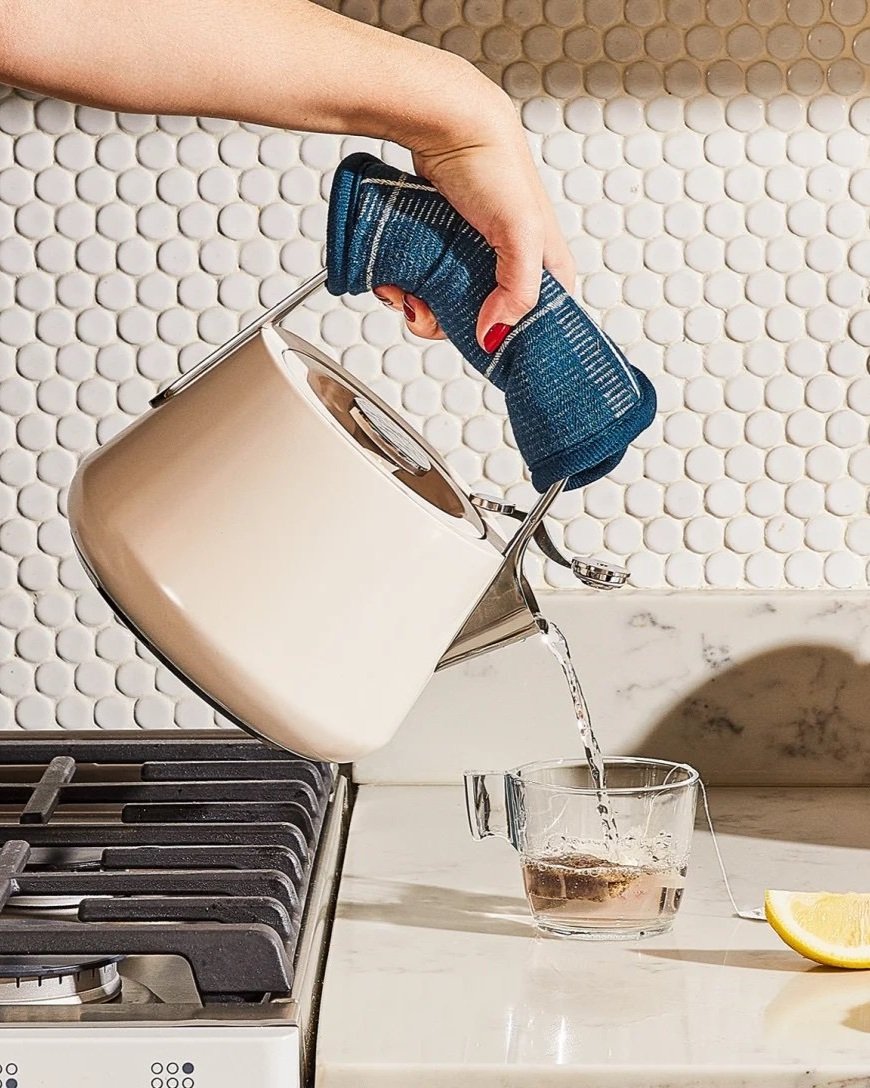Image: Christy Dawn
Disclosure: Some of the links below are affiliated; we may earn a small commission if you click through and make a purchase. We only add brands & products we truly believe in. Thanks for supporting the brands who are working to make the fashion industry a better place!
The Best Sustainable Petite Brands
Being a petite 5’3,” I sometimes struggle to find sustainably and ethically made clothes that fit me well, particularly bottoms. I can usually buy the smaller sizes, as I typically wear size 4. That isn’t always true, though, and going up or down a size rarely works. Jeans are particularly a struggle. Also, petite is a height, not a size. Some people think petite means smaller sizes, but that isn’t true.
What is Petite Clothing?
Petite Dressing explains that petite clothing is specially made for women under 5’4” or 5’3”. Therefore, sleeves on shirts, pant inseams, and skirt lengths from waist to the knee tend to be sized shorter in authentic petite clothes.
I have been keen to find some brands that carry a solid petite selection. Luckily for you and me, a little research led to me discovering several options. Here are nine sustainable brands that carry petite sizes or are sized for petite fits specifically. In addition, they offer a variety of styles and price points, so you should be able to find at least a few that work for you.
Our Favorite Sustainable Petite Clothing Brands:
1) Universal Standard
Sustainable Materials: Modal and linen
Sizes: 4XS – 4L in a specific petite collection
Universal Standard has the least amount of sustainable fabrics out of all of these brands, but their other practices make them a strong consideration for petite shopping. First, their obsession with fit means whatever you buy will last you for a very long time. They size their clothes to reflect the true average size of US women and offer a virtual stylist to help you find the best styles and fit.
Their Fit Liberty program lets you exchange your clothes when your size changes for a new size – for free. Increasing the longevity of the clothes you wear is a highly sustainable practice. They also donate returned clothes and organize denim drives to benefit programs that empower women trying to return to work. Their petite selection has all the basics you need for a capsule wardrobe – tees, dresses, jeans, a blazer, shirts, skirts, and more. With the variety of colors offered and the moderate prices, you are going to love Universal Standard. Just make sure you check the fabric information when shopping, as they don’t all contain sustainable materials.
2) Eileen Fisher
Sustainable Materials: Recycled materials, organic linen, responsible and regenerative wool, and organic cotton
Sizes: PP to PL
Eileen Fisher is well known as a pioneer of the sustainable fashion movement, but did you know the brand also carries hundreds of petite items? They feature a petite edit monthly, and petite sizes are offered in nearly every category. While there is no specific section that has all the petite items together, you can use their filters to find all the options you want.
Select a category, like Tops, then use the Size filter, and finally select your petite size, such as PM. Only selections with your size option will be shown, making shopping a breeze. With its neutral palette and classic pieces, Eileen Fisher is also a favorite amongst minimalists.
3) Boden
Sustainable Materials: Linen, modal, and viscose (Ecovero)
Size: 2-22
Boden has a specific petite section for women and a large selection of mainly business casual styles, with some casual options. They carry a large selection of colors and patterns at a moderate price point.
The main sustainable fabric in their petite section is linen, and they also carry blends of cotton, modal, and viscose.
Boden’s website also provides transparent information about its sustainable offerings and future goals with clear timelines and plans. Most impressively about Boden is their selection, as they offer over 400 petite items and numerous filters to find just what you need.
4) Sugopetite
Sustainable Materials: Chitosante, which is PET from post-consumer plastic bottles combined with biomass from crustaceans, recycled denim, recycled polyester, and modal
Sizes: Sized to fit women from 4’11’ to 5’4” and size XS to L
Susan Gomez, the founder of Sugopetite found the brand around two of her passions – slow fashion and empowering women based on their inner beauty. She speaks out strongly against fast fashion.
She also strongly advocates against society’s focus on body image and its harm, particularly to petite women. Sugopetite currently offers dresses and one lounge top and bottom set. The dresses have unique cuts and distinct styles, while the lounge set looks very comfy. Their choices come in a variety of colors across 3 different collections. A nice bonus is they offer educational materials about reducing plastic use, sustainable fabrics, and the petite fit.
5) MARION
Sustainable Materials: Tencel, Recycled Polyester
Sizes: XS-XL Petite
This high-end maternity office wear brand helps mamas keep looking great at work during pregnancy & nursing. Their chic, versatile designs allow mamas to re-wear core pieces again and again. They offer standard & petite sizing, with some extended size options.
MARION's designs are made with luxury sustainable fabrics like TENCEL, organic cotton, and recycled nylon.
Most styles include invisible nursing access, so breastfeeding mamas don't need to buy twice. Designs are also made to look like "regular" clothes after pregnancy (really!), making each piece a long-term wardrobe investment.
In addition to workwear, MARION carries a line of sustainable maternity basics.
6) Nudie Jeans
Sustainable Materials: Organic cotton, recycled cotton, recycled denim, recycled polyester, and Tencel
Sizes: Customize your size by choosing your waist and length
Nudie Jeans is GOTS certified, will repair your jeans, allows you to turn in your jeans for credit, and even has an online shop for previously loved jeans. Nudie Jeans can be customized by selecting your waist and length size, so you get your own custom fit, making them petite-friendly.
Waist sizes from 24-38 inches and length sizes from 26-36 inches are available. Combined with their six different style options and classic colors you are bound to find a pair that will be a staple in your closet for years.
7) Levi’s
Sustainable Materials: Organic cotton, Tencel, hemp, recycled polyester, and recycled cotton
Jean Sizes: 23 inches to 34 inches for the waist and 25 inches to 34 inches for the length
Levi’s, in a list of sustainable brands? You might think no way, and so did I until I did a little more research. Levi’s has been growing a sustainable collection of hundreds of items over the years. They also offer a second-hand store so you can recycle your jeans and grab another pair to avoid buying new at all.
They aren’t just stopping at sustainability in denim either, they are severely reducing water usage in production, and making puffer jackets and vests from recycled plastic bottles. With being able to select your waist and length size, dozens of styles, numerous classic colors, and Levi’s classic fit numbers you should be able to find several pairs that work for your petite height. To make shopping even easier the site offers lots of filters, including ones for the sustainability features that are most important to you.
8) Christy Dawn
Sustainable materials: Regenerative cotton, regenerative silk, organic cotton, and deadstock fabrics.
Size: PXS - PXL
You might be wondering what regenerative cotton and regenerative silk mean. Christy Dawn partnered with farmers in India to regenerate previously unusable land and grow crops using practices that continue to help regrow the health of the soil and avoid the use of chemicals or excessive water use. Christy Dawn offers a specific petite collection, so it’s easy to shop.
The style is all flowy dresses, but they have a variety of patterns and lengths so you should find at least one thing to add to your closet. Flowy dresses are also perfect for being comfortable yet feeling dressed up if you work from home a lot or want to have a nice Spring day out with your friends.
9) Sotela
Sustainable Materials: Organic cotton, deadstock fabrics, and Tencel
Sizes: 0-10, with specific measurements given for petite sizes
This minority women-owned company offers a solid variety of sustainable clothes that make you feel like you should be on vacation. They have a relaxed, tropical, easy style and provide outfit suggestions. Some of the selections would work well in a business casual setting too. If you like color, Sotela will not disappoint.
Not all of their garments come in petite sizes, but many do like pants and dresses. When applicable, the site provides measurements for petite, regular, and tall lengths making shopping easy for everyone. Their size guide is very thorough too to ensure you get the right fit.
About the Contributor: Mindy Redburn-Smoak has enjoyed a 20+ year career in corporate learning as a consultant, designer, and manager. She is passionate about sustainable living, family, travel, and dog rescue. She has been on a mission to live more sustainably for several years, and loves the journey of learning and trying new things in this space. She is on another journey pursuing her dream of writing about things she is passionate about and that can make a difference in the world. The best way to connect with Mindy is via email at mredsmoak@gmail.com.
MAKE SURE TO PIN THE PHOTO BELOW TO SAVE THIS POST FOR LATER!
WANT MORE SUSTAINABLE BRANDS? VISIT OUR BRAND DIRECTORY!
Our Brand Directory is home to hundreds of sustainable brands, from makeup to cleaning supplies, from underwear to shoes. We have broken everything down by category for easy shopping, along with discount codes unique to Sustainably Chic viewers.


